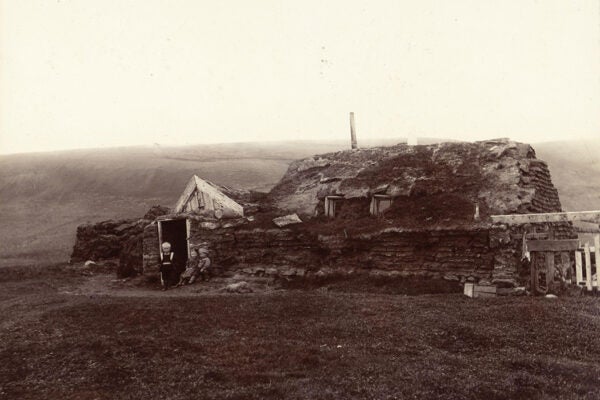Over the past century, the modern medical understanding of post-traumatic stress disorder has shifted from the World War I-era diagnosis of shell shock to a broader concept of the condition. But versions of the diagnosis go back much further.
Mental health researchers Walid Khalid Abdul-Hamid and Jamie Hacker Hughes write that previous research has frequently suggested that the ancient Greeks were the first to describe PTSD around the fifth century BCE. But they argue that there’s evidence of its diagnosis and treatment even earlier, in the ancient Mesopotamian cultures of Iraq.
Abdul-Hamid and Hughes begin their discussion by looking at the Mesopotamians’ view of disease in general. They write that the ancient Iraqis saw many diseases as divine punishments, which the gods often meted out by allowing demons or ghosts to attack a person with illness. Treatment involved both supernatural and pharmacological means.
In some cases, a healer known as an asu would provide drugs to address specific symptoms without necessarily worrying about their underlying cause. The asu appears to have chosen drugs based on trial and error with patients rather than a theory of what was behind the issues.
On the other hand, a different type of medical professional known as an asipu would diagnose the illness and determine an appropriate medical or ritual treatment. These could include medication, but they might also involve offerings or recitations to chase away a ghost.
Abdul-Hamid and Hughes write that many cuneiform medical texts from the Assyrian period, from the fourteenth through seventh centuries BCE, concerned injuries received in war. Men across the Assyrian empire were required to take part in a three-year rotation—one year serving in the army, one taking part in public works, and a third at home with their families. Frequent wars meant that these men could be engaged in brutal fighting repeatedly over many years.
A number of the texts discuss the diagnosis and treatment of patients who suffered serious physical or mental wounds, using criteria including “his words are unintelligible for three days” and “in the evening, he sees either a living person or a dead person…and becomes afraid; he turns around but…his mouth is seized so that he is unable to cry out to one who sleeps next to him.”
Weekly Newsletter
As with many mental disorders, the Mesopotamians attributed these symptoms to ghosts—in this case, probably the ghosts of enemies the soldier had killed. These roving ghosts caused a “wandering mind,” mutism, terrible nightmares, and sometimes slurred speech, which the authors speculate might have been related either to head injuries or to the same kinds of drug abuse that are often comorbid with PTSD in modern patients.
Treatments used to chase away ghosts were no doubt different than the methods used today to help veterans suffering from PTSD, but the concern for their suffering seems to have been much the same thousands of years ago as it is today.
Support JSTOR Daily! Join our membership program on Patreon today.







